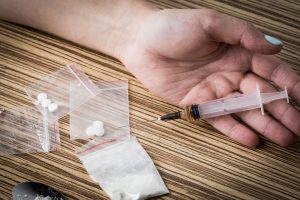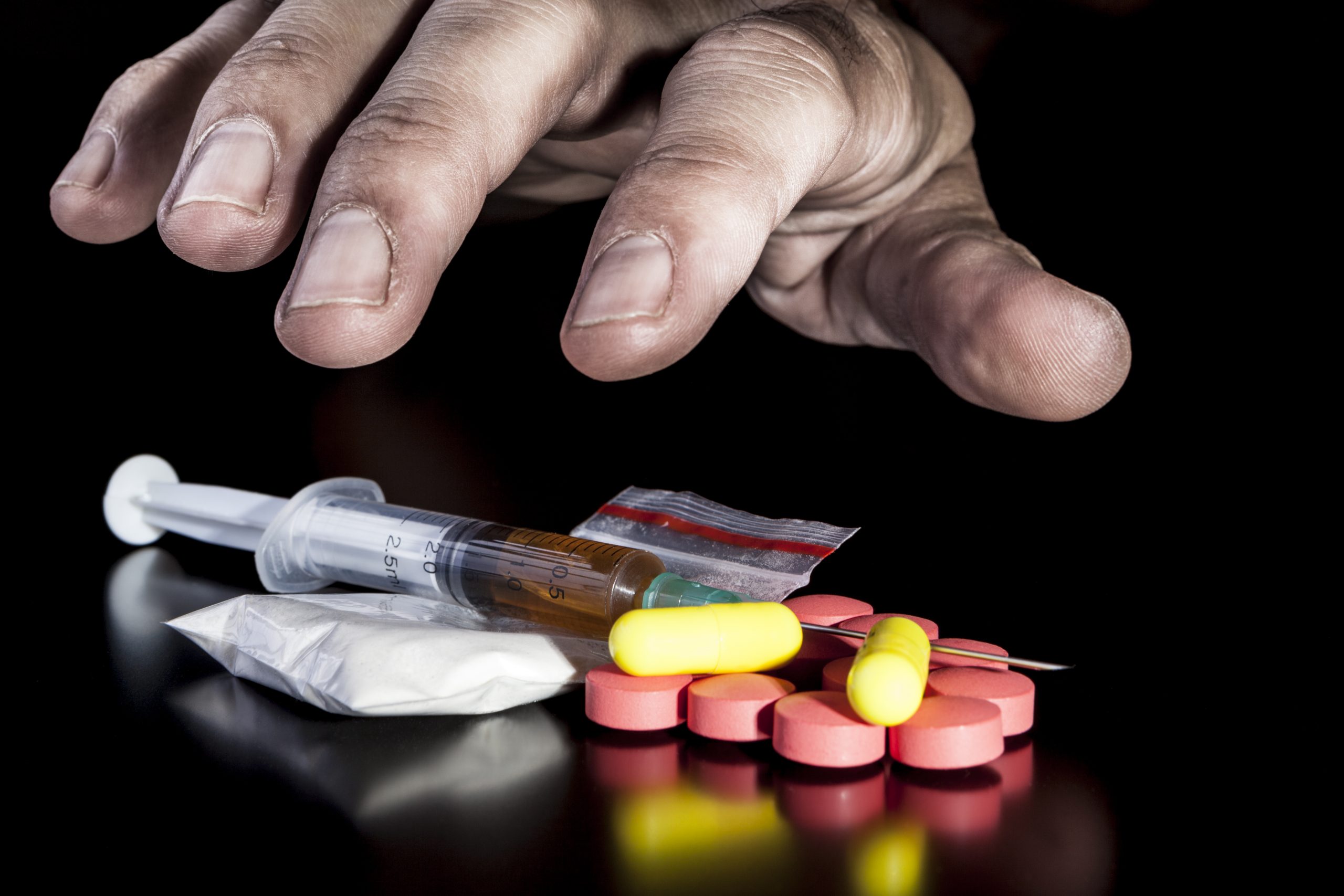Not all substances have the same level of addiction, and a user’s road to dependency can vary greatly depending on which particularly substance is being abused. Common drug addictions can be broken down into three categories that roughly correspond to the first three levels on the FDA’s schedule of controlled substances: drugs that are highly addictive (schedule I), drugs that are moderately addictive (schedule II), and drugs that are minimally addictive (schedules III through V).
Crack cocaine is the worst drug in terms of speed and intensity that a user can become addicted. Crack offers a more intense high than cocaine. It enters the bloodstream more quickly when smoked rather than snorted. However, the high ends much more quickly, which is one of the reasons that even first- time users have a high risk of engaging in compulsive and addictive use of this particular drug.
Crack addiction seems to be decreasing in favor of other controlled substances such as Oxycodone which is also highly addictive. This opioid is often prescribed by doctors to help with pain management. Dependency occurs when users take more than prescribed by their doctors and they become reliant on the feelings of euphoria.
Many people believe that Tamadol, another opioid used for pain relief, is the new Oxycodone in terms of addiction. Medical professionals initially started prescribing it because they thought it was safer than oxycodone. However, Tamadol users also have a high risk of addiction. Naloxone is the usual treatment to detox an addict from opioids. It seems to be less effective in treating addictions to Tamadol. It may cause an increase in fatal overdoses related to use of this drug.
Morphine & Xanax
 Morphine is another common pain killing substance which is derived from the poppy plant. It’s available in a variety of forms from oral to I.V. transmission. It relieved the pain after the surgery. Psychological dependency on morphine can happen after only a few doses but patients would have to use it for many months before developing a physical addiction to this medication. The problem with morphine for addicts is that it is dangerous to simply stop using the drug. Users need to taper off doses under medical supervision.
Morphine is another common pain killing substance which is derived from the poppy plant. It’s available in a variety of forms from oral to I.V. transmission. It relieved the pain after the surgery. Psychological dependency on morphine can happen after only a few doses but patients would have to use it for many months before developing a physical addiction to this medication. The problem with morphine for addicts is that it is dangerous to simply stop using the drug. Users need to taper off doses under medical supervision.
Xanax, a schedule IV controlled substance used to alleviate the feelings of anxiety and other medical purposes. The FDA’s schedule classified it so low, therefore considered to have a low addiction rate. However, that does not stop people with addictive personalities from abusing the drug, even people with a legitimate prescription for it.
Tens of thousands of people every year enter treatment centers due to overuse of benzodiazepines, such as Xanax. Adderall is the drug used to help people with ADHD, a behavioral disorder. Some people have reported developing a dependency on it, but the risk is rather low for addiction.
There’s a difference between taking medically prescribed substances for legitimate reasons and for recreational use. Taking multiple kinds of drugs at the same time or taking it with alcohol increases the risk of overdose.



